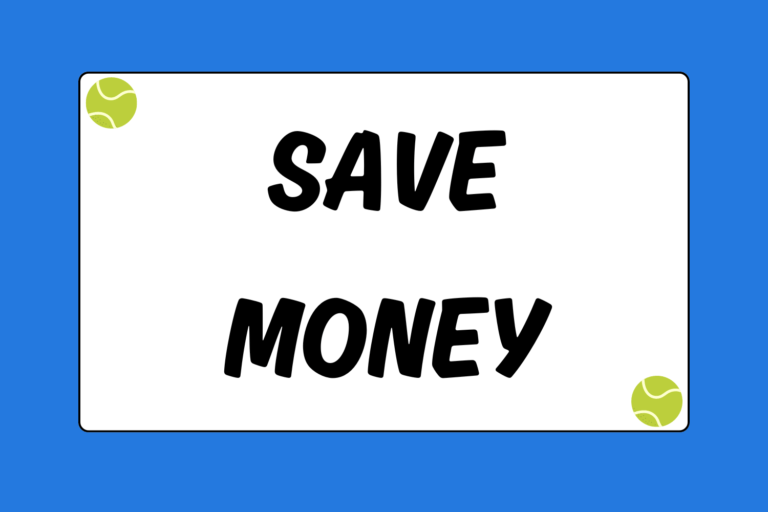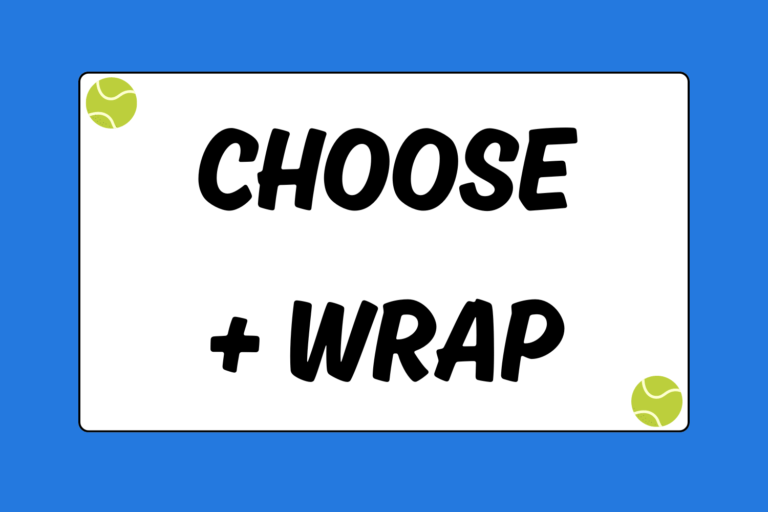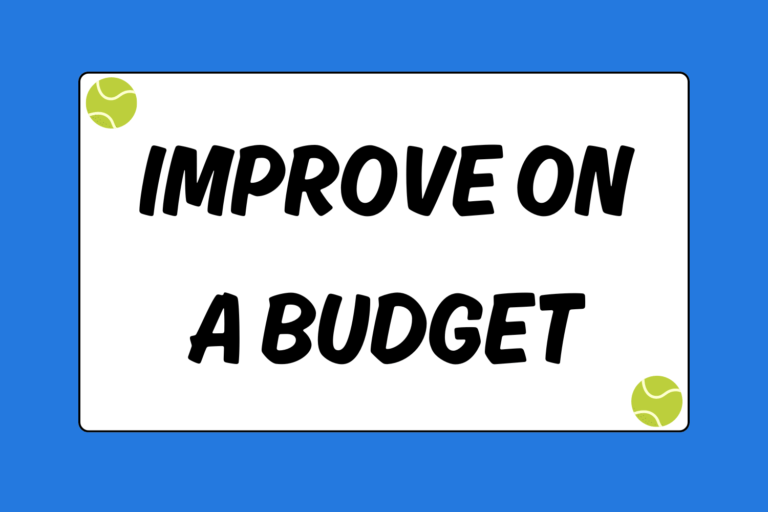The backhand shot is one of the most critical elements in a tennis player’s game. Trying to succeed in tennis without an effective backhand is like trying to win a foot race with one leg – you’re a little limited. The two styles of backhand shots include the one-handed swing and the two handed.
In every sport, athletes have to determine which playing style works best and most comfortably for them. There are advantages and disadvantages to using either the one-handed or the two-handed backhand.
Understanding these pros and cons will make choosing the right swing easier.
One-Handed Backhand
It’s hard to notice in the current state of professional tennis, but there was once a time when the one-handed backhand ruled. Before the 1970s, the one-hander was the method of choice – anyone seen using a two-handed stroke would’ve looked like they were from another planet.
When players like Jimmy Connors, Chris Every and Bjorn Borg began taking over the sport with their two-handed backhands, the rest of the tennis world began copying, thus beginning the slow death of the one-handed backhand. In 2014, of the top 200 professional male and female tennis players in the world, only 27 use a one-hand swing.
But, for those who wish to use it and try and revitalize the swing, there are some advantages to employing the one-hand technique.
- Much more range: Using only one hand allows a player to reach farther when going for the ball, which obviously gives them more range. Players using one hand will enjoy about a foot of extra range in any direction.
- Extra comfort: Just think of how much more loosely you’ll be able to move around the court when you don’t have both arms constricting your upper body. The one-hander allows players to maintain an open stance.
Two-Handed Backhand
With the tennis game focused on using power and spin, there’s no wonder why so many players use the two-handed backhand. It’s much easier to learn than the one-hander, and can be more consistent at times for inexperienced players.
Here are some of the other benefits to the swing:
- More time to react: When using the one-hander, the point of contact is more in front of the player, whereas with the two hander, the point of contact is further back. These precious microseconds can mean the difference between a player reaching the ball or not.
- More stability: The main reason why the swing is more consistent is because the second hand offers a steadying force. This stability allows players to make more solid contact and reduces their backswing time.
- More Longevity: Using two hands instead of one means you can theoretically swing longer, because both arms are assisting each other, instead of one arm being tired out. The cumulative effects can be damaging over time.
Interchange Between Both Techniques
The best strategy for all tennis players is to have both swings in their bag of tricks and use them interchangeably, depending on the situation. A one-handed swing is better for covering the entire court, where as the two-hander is likely more reliable to try and put away points.
Though it’s rare to see a player use both swings, those who do get to maximum all of the benefits of both, while minimizing all of the downfalls.





